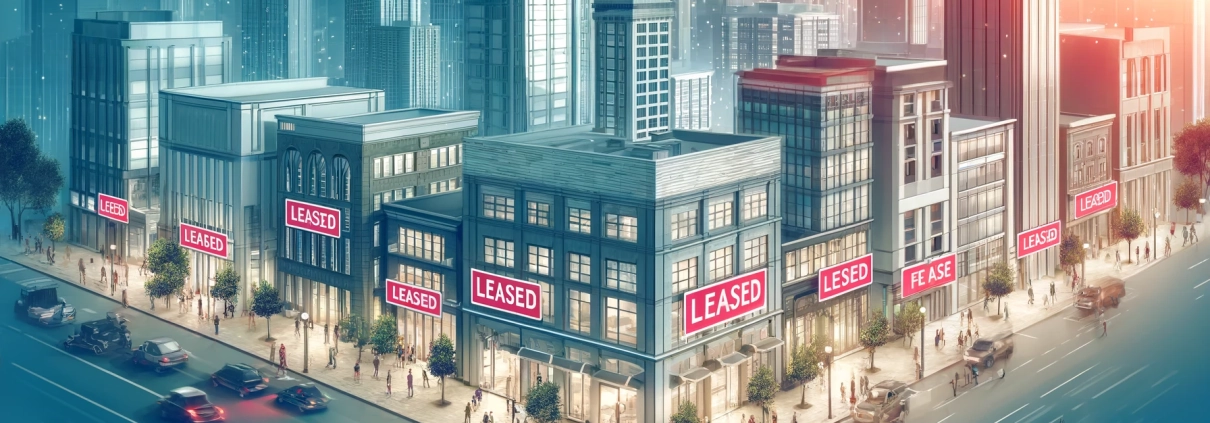Absorption
- See Net Absorption and Gross Absorption.
Putting Absorption in Context
Scenario: Consider a newly developed commercial district in a bustling city, which has brought to market a mix of retail and office spaces totaling 200,000 square feet. This district has attracted a variety of tenants, ranging from tech startups to established retail chains.
Contextual Analysis:
- Gross Absorption: Over the first quarter following its launch, 50,000 square feet of space was leased to various tenants. This represents a gross absorption rate of 25%, calculated by dividing the leased space by the total available space.
- Net Absorption: To provide a clearer picture, consider the dynamics within the same quarter. Assume that during this period, 15,000 square feet of previously occupied space in the district became vacant due to tenants moving out. Hence, the net absorption, which considers both new leases and vacancies, would be 35,000 square feet (50,000 leased minus 15,000 vacated), representing a net absorption rate of 17.5%.
Implications: The net absorption rate offers a more accurate representation of the market activity and health, showing a lesser degree of occupancy compared to the gross absorption rate, which does not account for the vacated spaces. This information is vital for property owners and investors as it influences decisions related to property improvements, marketing strategies, and pricing to enhance tenant retention and attract new renters.
Click here to get this CRE Glossary in an eBook (PDF) format.

